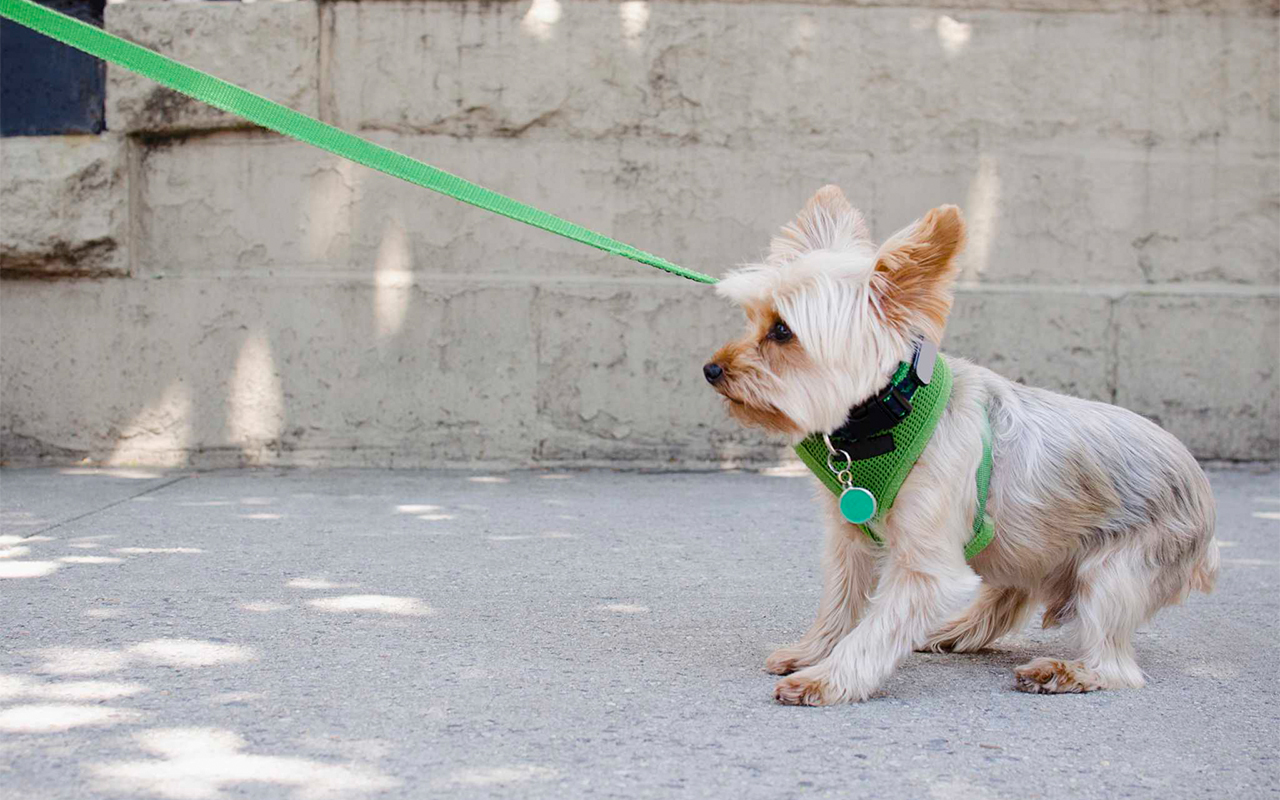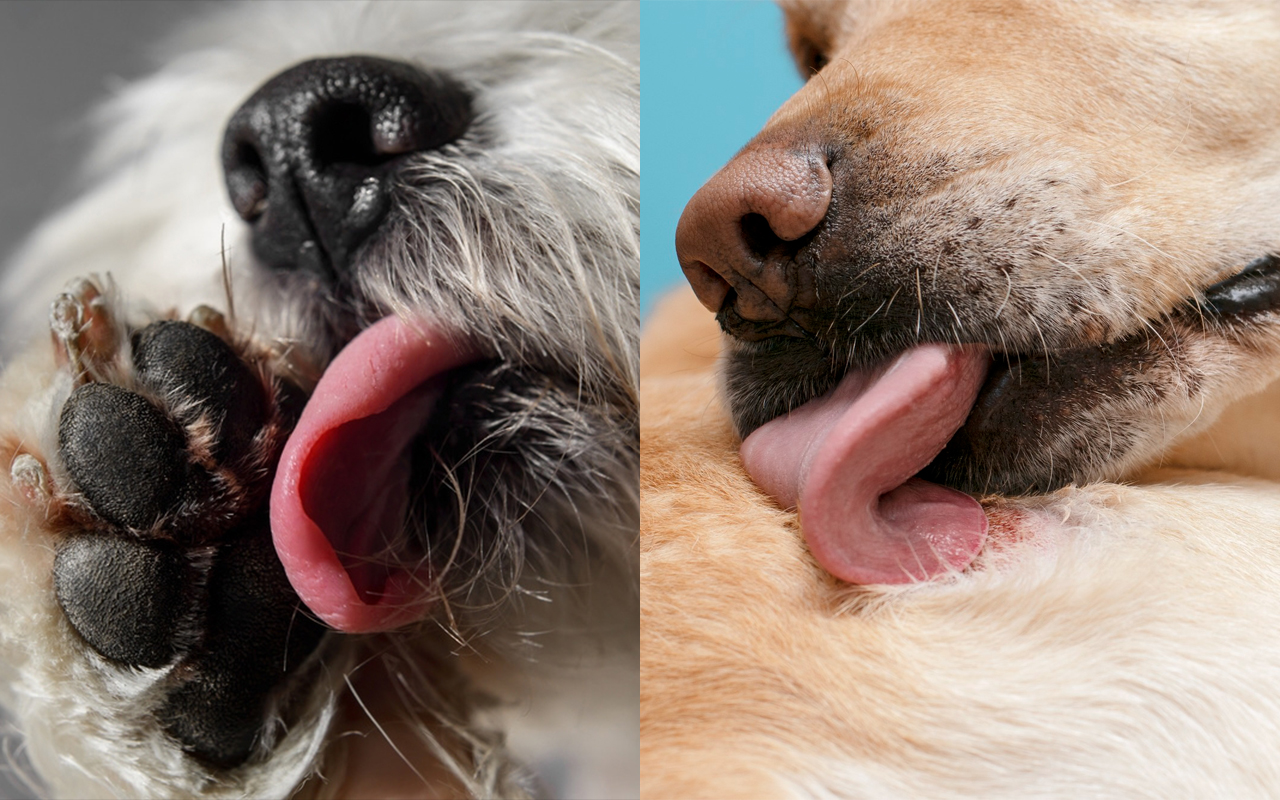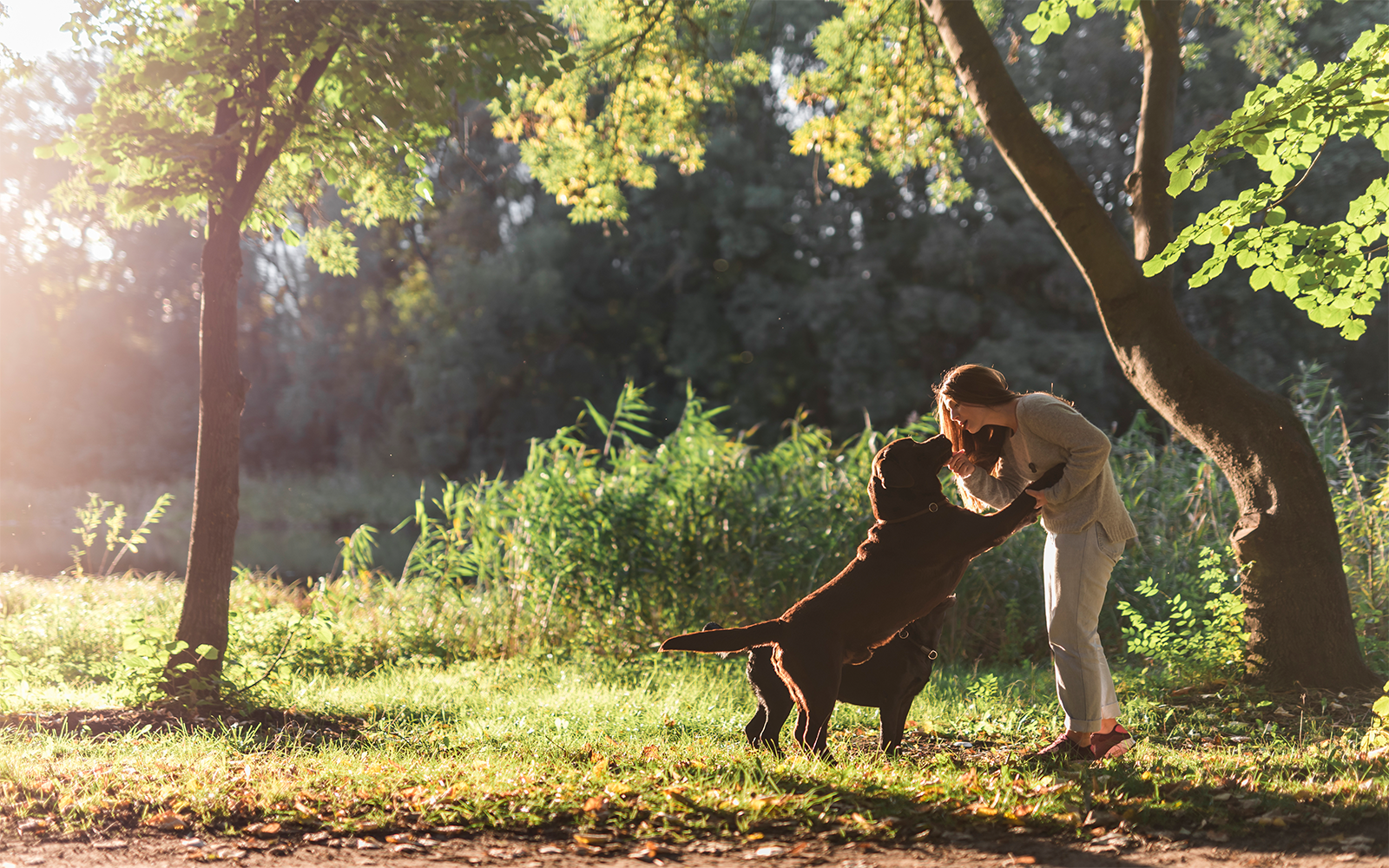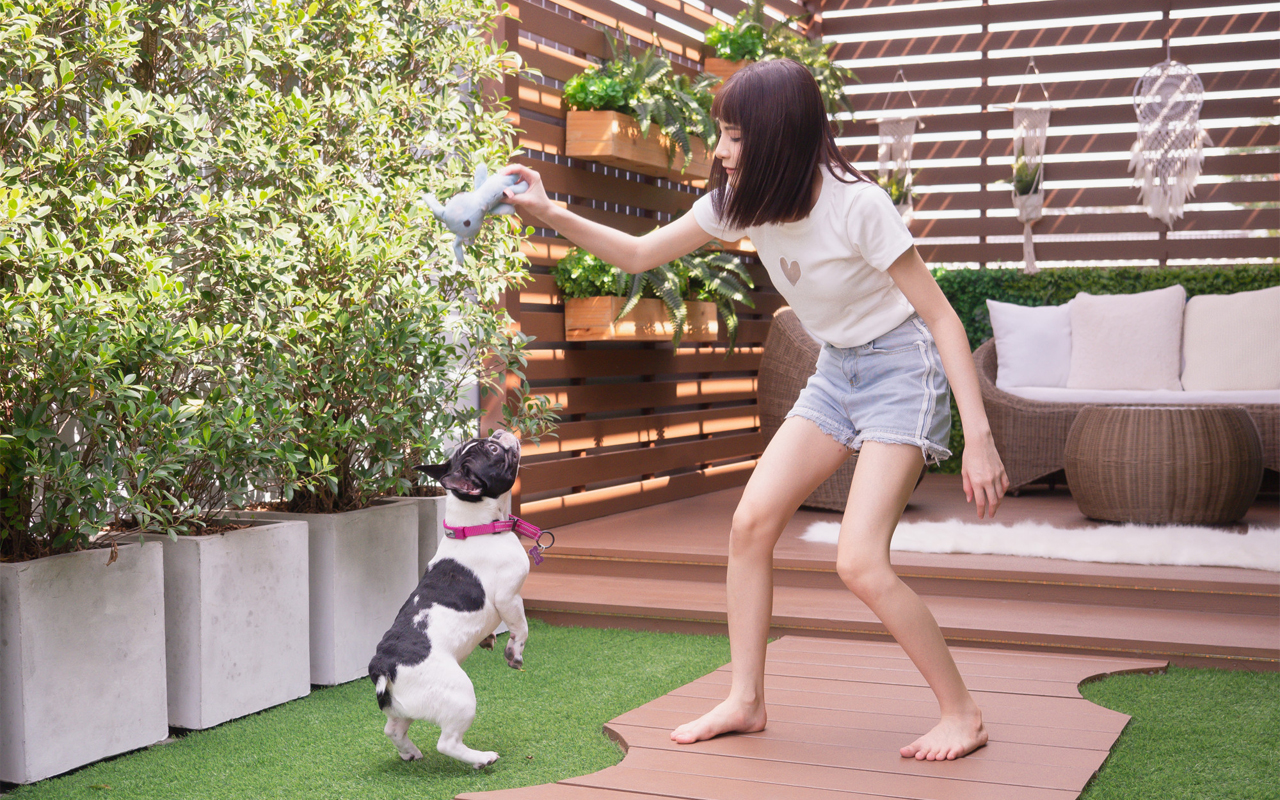
Do you ever wonder if your beloved dog can experience loneliness? It's a bit unfair that we humans have the ability to express our feelings and emotions through clear words, while our furry friends can only communicate through their behaviors. However, dogs are incredibly intelligent creatures.
In fact, the intelligence and emotional capacity of certain dog breeds can be comparable to that of 2-5-year-old children. This means that just like kids, dogs can indeed feel a range of emotions, including happiness, sadness, and yes, even loneliness.
How do you know your dog is lonely?
Just like us, dogs have unique personalities, and the ways they express and experience loneliness can vary. Sometimes it's not so easy for us owners to recognize when they are feeling lonely. But don't worry. Let's take a look at some general characteristics that may indicate your dog is experiencing loneliness.

(1) Sleeping too long
Just like us, when we're feeling down and depressed, we often seek comfort in our cozy beds, right? Well, guess what? Our beloved doggos do the same! On average, dogs sleep around 12 hours a day, which is about half of their day. So, when they're feeling sad and lonely, they may spend most of their time in dreamland. Pay attention to their sleep patterns and locations, as odd-hour snoozes can be indicators of their emotional state.

(2) Dull and Inactive
Another telltale sign of loneliness is when our furry pals lose interest in the things they usually love.
For instance, if your once-outgoing dog becomes unwilling to go for walks or your playful pup becomes unusually inactive, it could be a clear pointer to loneliness. While not all loss of appetite in dogs is related to loneliness, if it persists for a long period, it may be a cause for concern for caring dog owners.

(3) Licking their own fur more often
We all know that dogs lick their fur to keep themselves clean and tidy. But if you notice them doing it excessively, it could be a sign of loneliness. Keep an eye out for small circular sores on their carpus or wrists, especially during odd seasons. If you spot these sores and notice that their fur appears dry and dull in color, it may be an indication that they're feeling sad and lonely. Showing them some extra care and attention could make a big difference in their emotional well-being.

(4) Making noises and barks
We all know that heartwarming feeling when our furry friend eagerly awaits us at the doorstep when we return from work or a day trip. It's their way of showing that they've missed us and may be feeling lonely. But sometimes, our dogs may resort to other attention-seeking behaviors like chewing shoes and clothes, tearing tissues in the bathroom, or even causing damage to furniture. They may bark aggressively or let out long moans to try and grab our attention. When you notice these behaviors, it's a clear sign that they are seeking companionship and longing for your presence.

(5) Following you around the house
Your usually self-dependent pup suddenly starts caressing your legs, or following you around the house? These behaviors indicate that your pup may be feeling lonely and craving some quality time with you. And another important tip: when you have multiple pets, be mindful of sharing your attention fairly among them. Dogs are incredibly intelligent creatures, they can feel envy too.
 How to Help Heal Your Dog's Loneliness
How to Help Heal Your Dog's Loneliness
Owning a pet is more than just providing them with food. It's a responsibility akin to caring for a child, encompassing their physical, mental, and emotional well-being. Loneliness is something we should address in our furry companions. While spending ample time with them is ideal, it may not always be practical. Here are some tips to help alleviate their loneliness:
1. Play radio or background music: Just like music and movies can make us feel less lonely, having some kind of sound can be beneficial for your lonely pet.
2. Consider getting another pet: If possible, having a companion for your dog is one of the best ways to heal their loneliness.
3. Engage in regular exercise and outings: Take your puppy for a morning run, an evening walk, or plan fun hang-out sessions.
4. Arrange to have lunch at home: If your home is nearby, try to have your lunch break at home occasionally.
Taking care of our pets can be challenging amidst work and social responsibilities. However, it's equally important to ensure that our furry friends are not feeling lonely. After all, we are responsible for their well-being and helping them enjoy a fulfilling life to the fullest extent.




မိုးစက်နွယ်
Mee Mee Dar Dar
Eaintnadi Maung